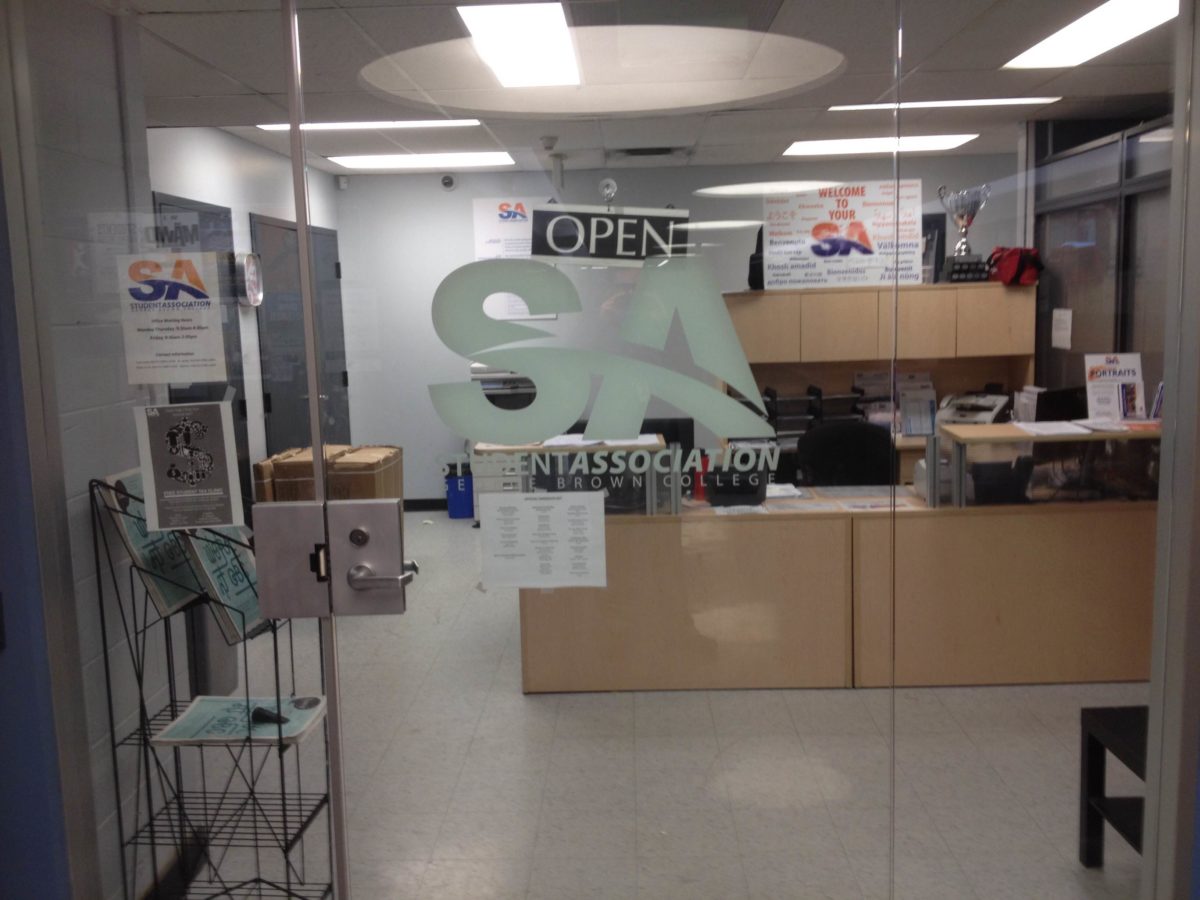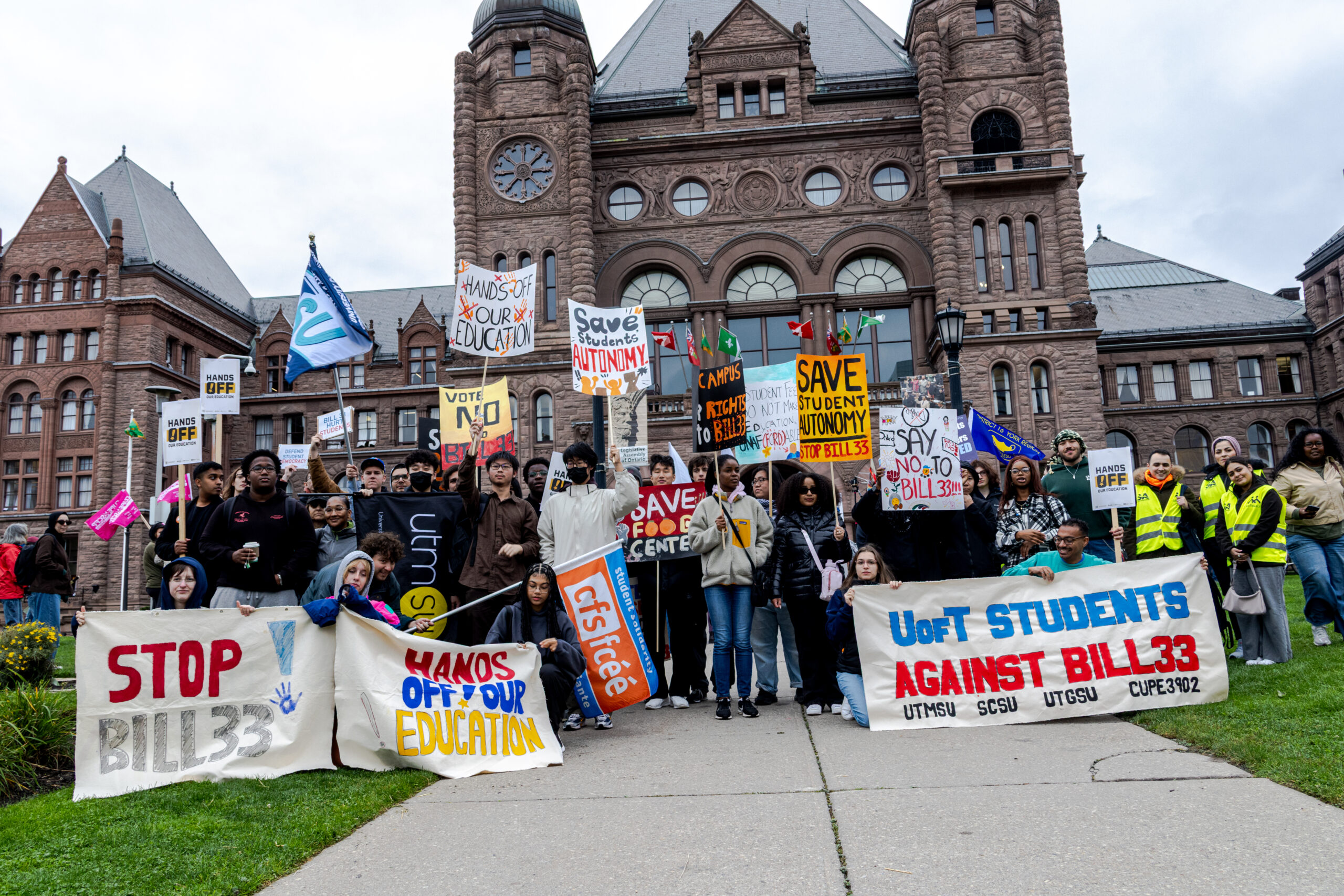
It’s election time for the Student Association of George Brown College (SA). As candidates vie to represent students for the next year and govern an organization with a total budget of over $7 million it’s time to review a couple of things the board has done in the previous year.
The most controversial thing that’s happened in student politics at George Brown this year has been a revision of the SA’s by-laws. In particular, the change in hours and pay for education centre and constituency representatives. The reforms sneaked by in a close 101-104 vote at the SA’s Annual General Meeting (AGM) in November.
This reform reduced the number of hours that SA representatives and campus directors have to work and put the job descriptions and pay in the by-laws meaning the board cannot change them without approval from students at an AGM.
The SA’s director of internal affairs, Julia Mackenzie, who spearheaded the changes said, “that was a huge win for students, now if you want to change your job description and your want to change your pay you have to justify it to students, we’re the ones paying the salaries, and that’s the way it should be.”
This year also saw the consolidation of a new elections policy in the by-laws that more explicitly outlined rules around campaigning, allowed candidates to produce their own campaign materials and be reimbursed by the SA.
The SA’s new practice of declaring unopposed candidates acclaimed instead of putting them to a yes-no vote is in contrast to an upset at the University of Windsor this week, which saw students vote “no” or “none of the above” for almost all positions on the University of Windsor Student Alliance board of directors.
“The reason behind that is that with three or four campus, numerous buildings, the challenges of ESL as well as ASL students, we saw that, especially during our by-elections this year that everyone was acclaimed except for the Board of Governors Rep., it got really, really expensive to run an election that was a yes-no vote,” said Mackenzie.
“There is still the option to run the yes-no vote, it’s a CRO decision. What happened in poor old Windsor was interesting. Nothing like that has happened here — our yes-no votes have been pretty yes-favoured. If there was a lot of controversy the CRO would still be able to run a yes-no vote. There’s nothing against it in the by-laws.”
Probably the biggest project of the year by the board has been starting the process to renovate the Student Centre at Casa Loma campus.
Instrumental in this effort was the work of construction and engineering rep. Thomas Hadwen, Casa Loma campus director Nicolas Kiriakou, and director of public relations Ali Shahid.
While the SA board approved almost $60,000 for the consultation and planning contracts without a Request for Proposals and competitive bids, the firms selected Architecture Counsel Inc. and Educational Consulting Services are experienced in renovating post-secondary campuses.
Currently a dark food court in the basement with a couple of foosball tables, the plan to renovate the space including the unsightly and unused “concrete pit” into an spacious and bright atrium for students could be the biggest change that the SA has made in years.


